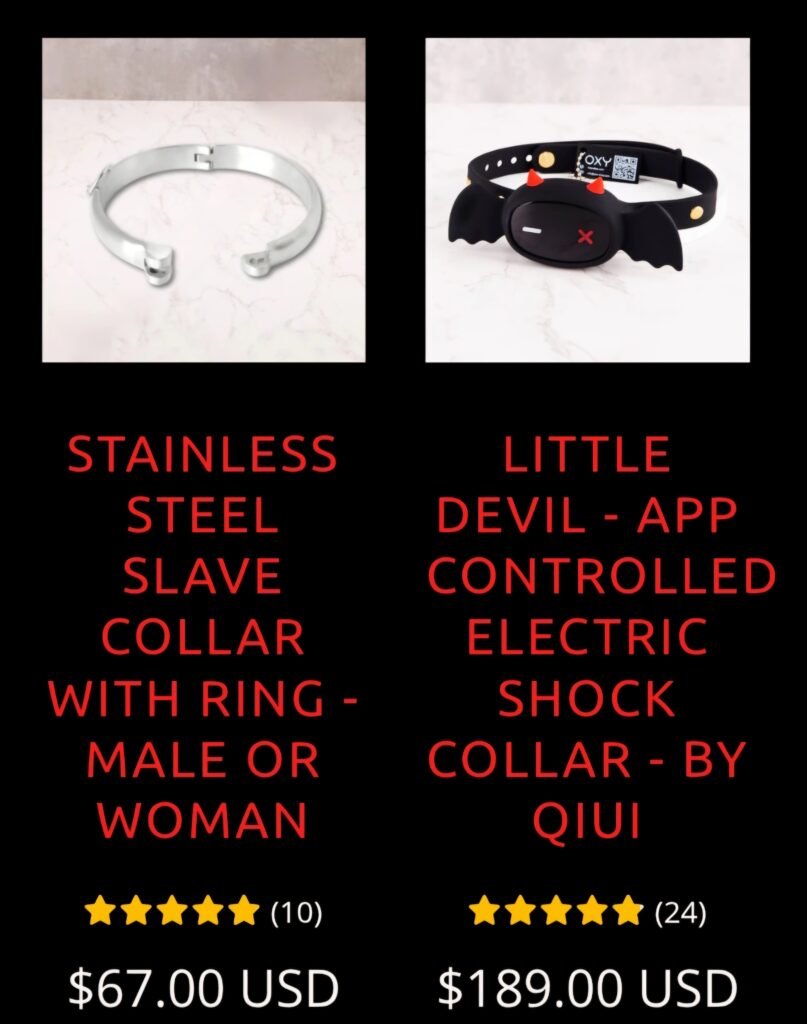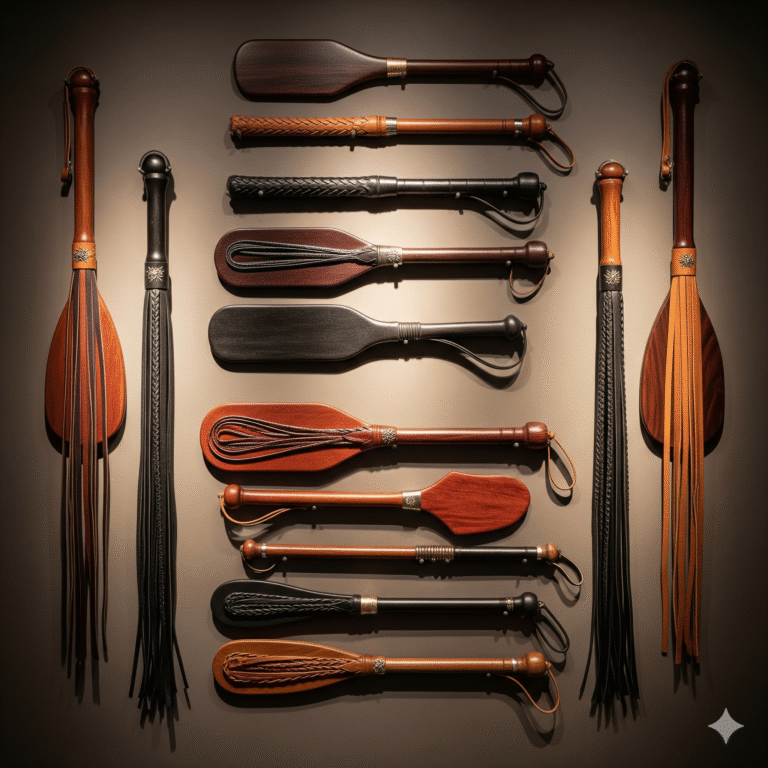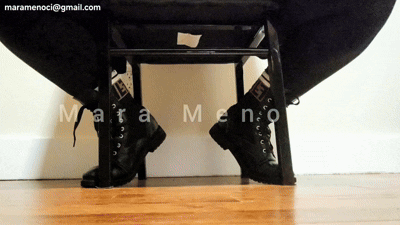
Slave collars have long been a symbol of submission, control, and devotion, with roots that stretch deep into history, culture, and even medicine. Today, in the realm of BDSM and fetish communities, these devices have evolved into intricate accessories that embody trust, power exchange, and aesthetic appeal. This article explores the intriguing history of slave collars, their various uses, and the wide array of devices available for enthusiasts seeking to incorporate them into their play.
Historical Origins of Slave Collars
Ancient Civilizations and Cultural Significance
The concept of collaring individuals as a symbol of ownership or status dates back thousands of years. In ancient Egypt, for example, collars and necklaces often denoted social status or allegiance to deities, but similar devices also signified servitude. In the Roman and Greek worlds, slaves were sometimes branded or collared, serving as a visual marker of their status.
Medieval and Religious Contexts
During the medieval period, collars and chains were used to restrain prisoners or slaves, often symbolizing captivity and subjugation. For example, the use of iron collars to control prisoners or criminals was common, serving both practical and symbolic purposes. Some religious orders also used collar-like devices as penitential symbols or signs of devotion.
Medical and Psychiatric History
Interestingly, the use of collars extended into the medical realm in the 19th and early 20th centuries. Medical devices such as neck braces or restraint collars were employed to immobilize patients with certain conditions or to prevent self-harm. While these devices were not intended as symbols of domination, their design and usage influenced later developments in fetish and BDSM contexts, as they showcased the power of restrictive devices over the body.
Slave Collars in BDSM and Fetish Culture
Modern BDSM Usage
In contemporary BDSM, slave collars are a powerful symbol of submission and trust. They serve as a physical reminder of a dominant’s control and a submissive’s dedication. Many practitioners wear collars during scenes or as part of their ongoing dynamic, where the collar signifies a committed power exchange relationship.

Types and Materials
The diversity of slave collars reflects the range of preferences and aesthetics within the community. Some popular types include:
- Chained Collars: Traditional metal collars with rings or chains, often made from steel or brass.
- Leather Collars: Soft yet durable, leather collars can range from simple bands to elaborate designs with studs, spikes, or decorative elements.
- Vegan and Synthetic Collars: Made from materials like silicone, PU leather, or rubber, offering cruelty-free options that are comfortable and easy to clean.
- Collar with Locking Mechanisms: For added security and symbolism, some collars come with padlocks, symbolizing ownership and commitment.
- Decorative Collars: Encrusted with jewels or featuring intricate designs, blending aesthetics with function.
Sizes and Customization
Collars come in various sizes, from snug-fitting to loose and adjustable options. Customization allows users to select the perfect fit and style, ensuring comfort during wear. Some collars are designed with padding for extended use, while others are minimalist for aesthetic purposes.

Uses and Functions of Slave Collars
Beyond symbolism, collars can serve practical purposes in BDSM play:
- Control and Restraint: Certain collars can be attached to leashes or tethers, enabling the dominant to guide or restrict the submissive’s movements.
- Identity and Recognition: Wearing a collar publicly or within a community can signify relationship status or participation in a specific kink scene.
- Psychological Impact: The act of collaring can deepen the submissive’s sense of surrender, trust, and connection.
Alternative Names and Devices
While “slave collar” is common, similar devices may be called:
- Submissive Collars
- Obedience Collars
- Choker (in fashion and fetish contexts)
- Restrictive Neck Devices
Other related devices include:
- Chokers for aesthetic or symbolic purposes
- Neck harnesses that combine collar function with decorative elements
- Slave tags or pendants worn as alternative symbols of submission

Where to Find Quality Slave Collars
For those interested in exploring or upgrading their collection, oxy-shop offers an extensive selection of high-quality fetish devices. Whether you prefer leather, metal, or synthetic materials, their range includes adjustable collars, locking designs, and beautifully crafted pieces suitable for every level of experience and style preference.
In Summary
Slave collars have a rich history rooted in symbolism of ownership, status, and devotion. Today, they are a vital part of BDSM culture, embodying trust, submission, and aesthetic expression. From medieval chains to modern leather and silicone designs, these devices serve both practical and symbolic roles. For enthusiasts seeking the perfect collar, reputable sources like oxy-shop.com provide an excellent selection to enhance any scene or relationship dynamic.
If you’re interested in exploring further or purchasing your own collar, be sure to choose a device that fits comfortably, aligns with your style, and reflects your personal journey into the world of kink and fetish play.
Do you want to wear a collar in a private virtual session? Contact me or fill out the Slave Application.
Did you enjoy this article? Donate to the cause via Tribute (Send Money).
Feel free to leave your thoughts in the comment section of this post.
Subscribe to My Newsletter!
Get new content updates every week...or when I feel like sending one!




















